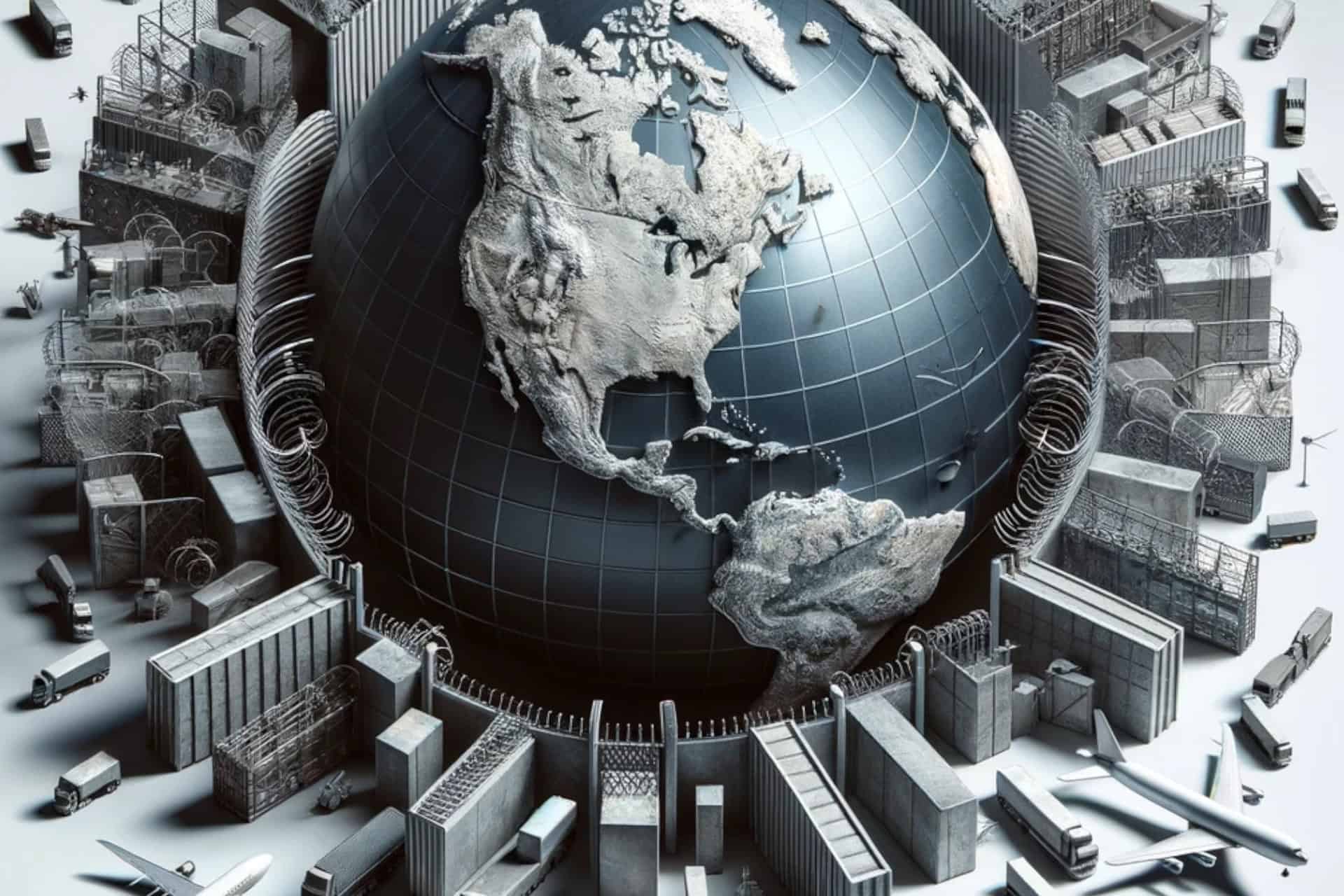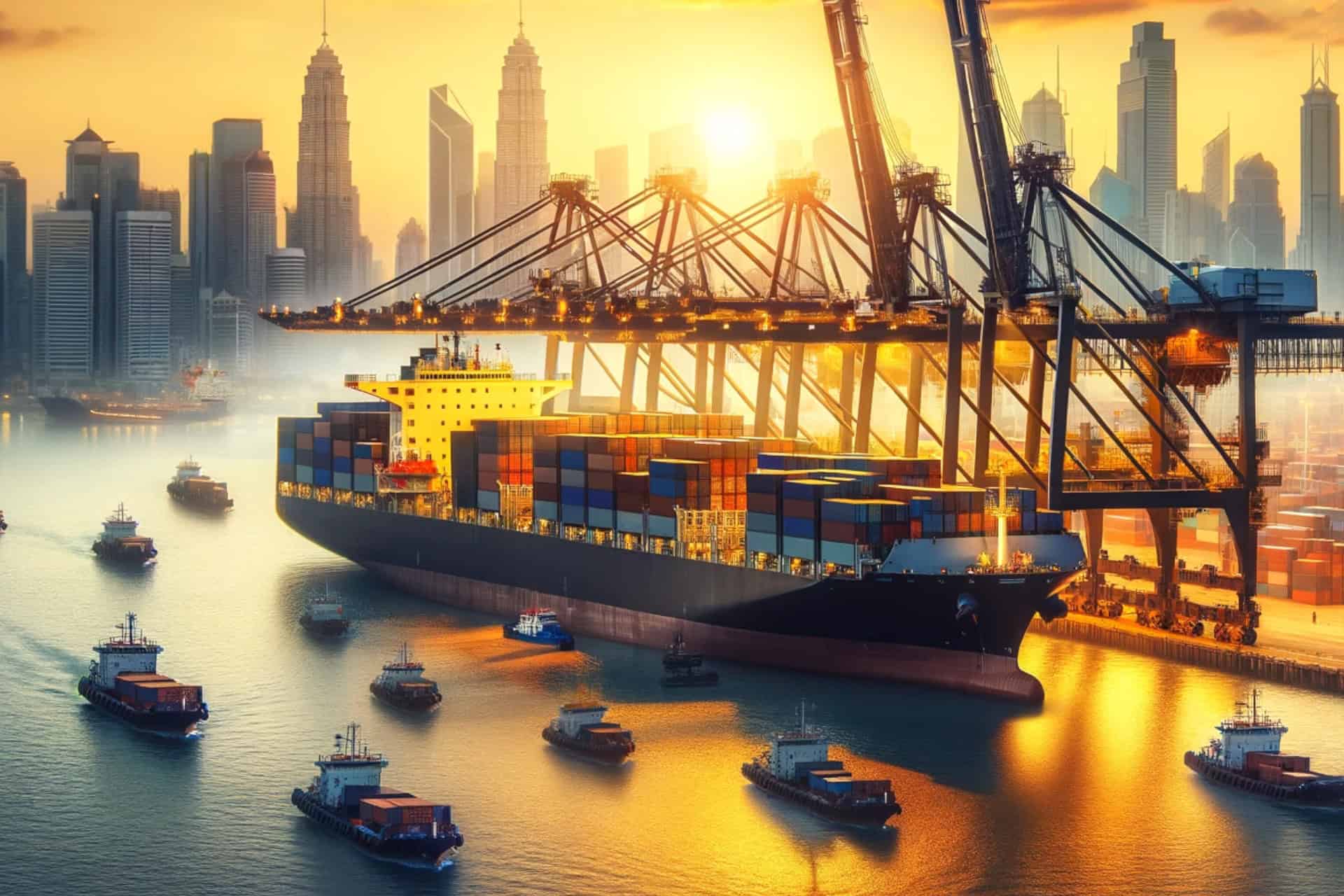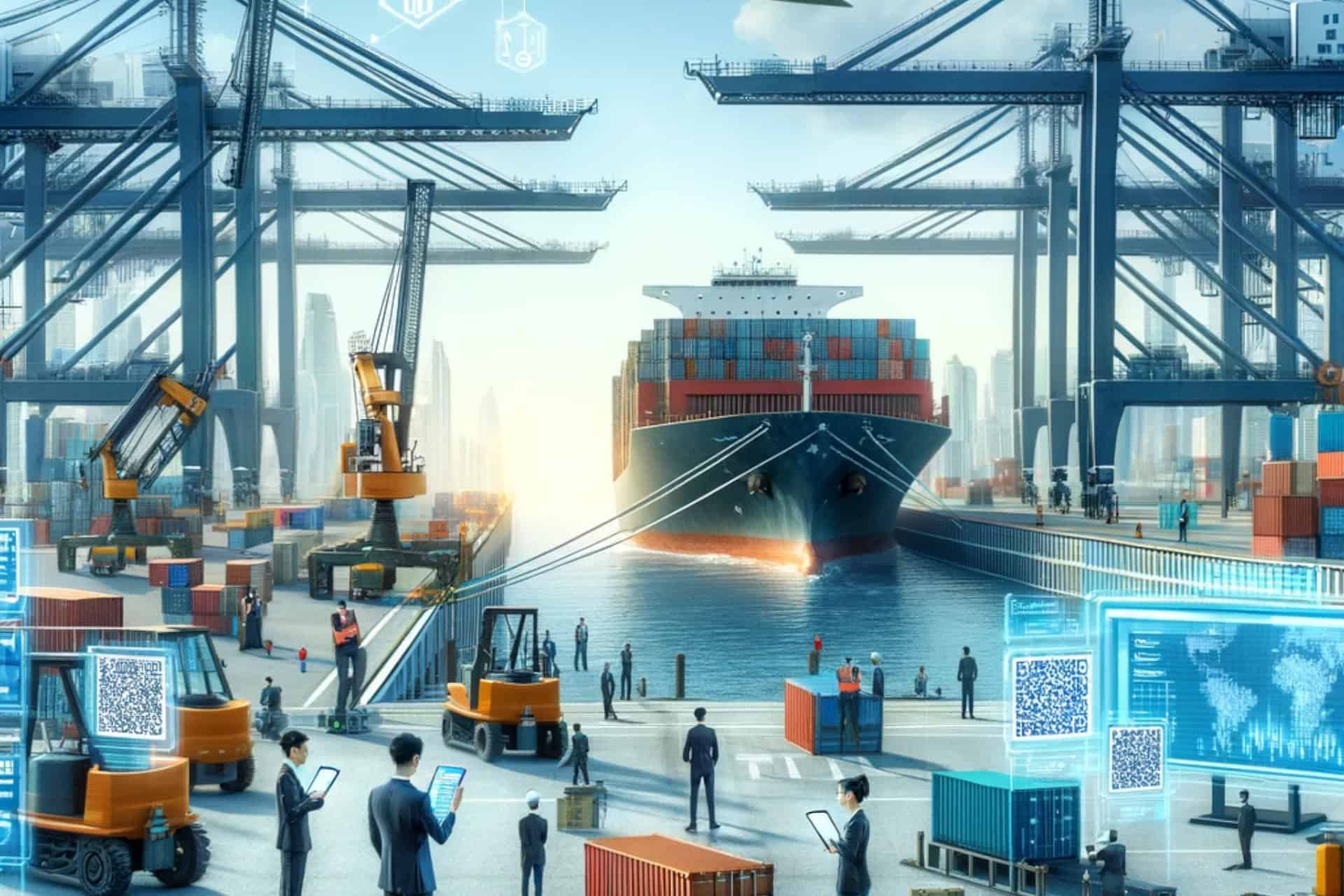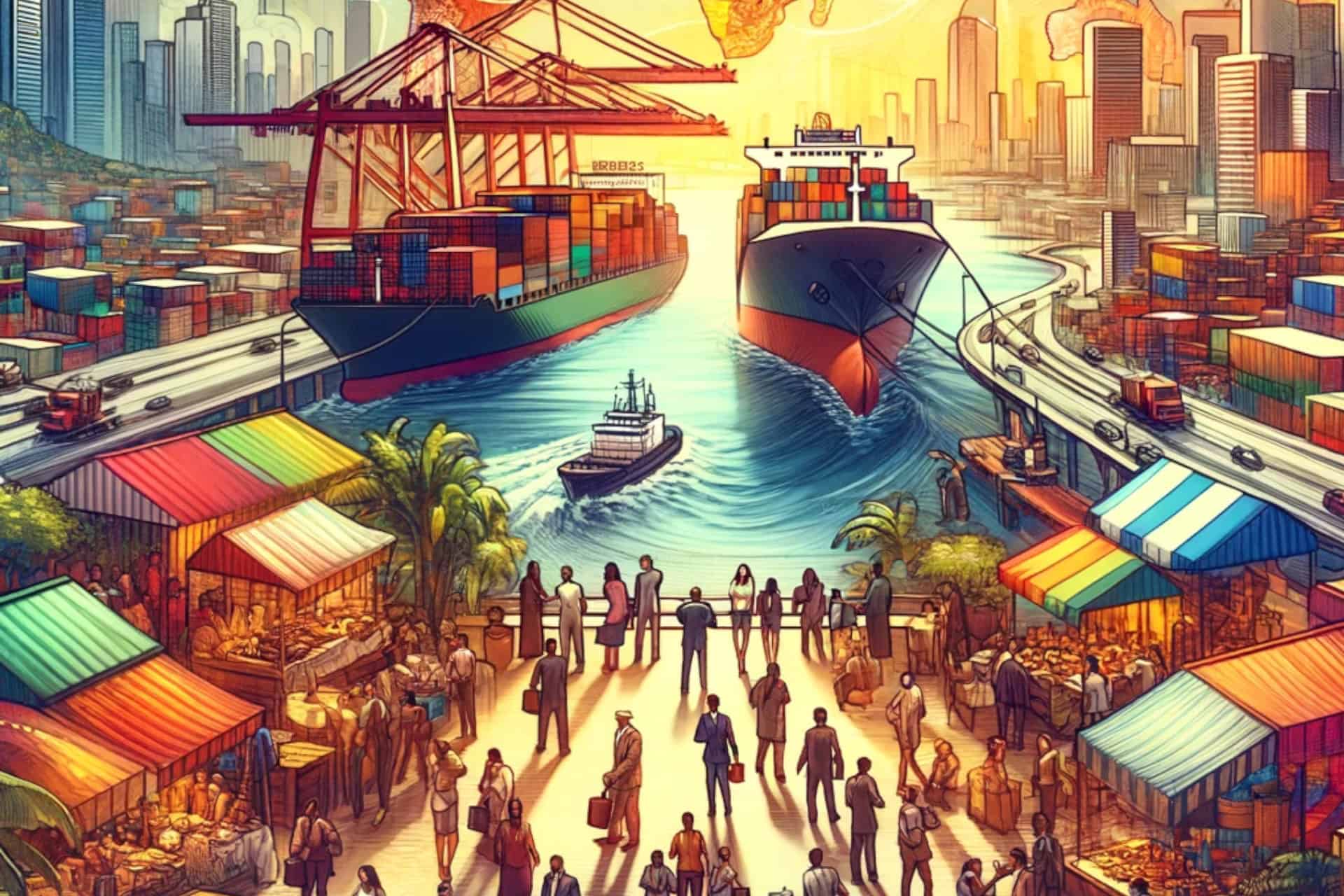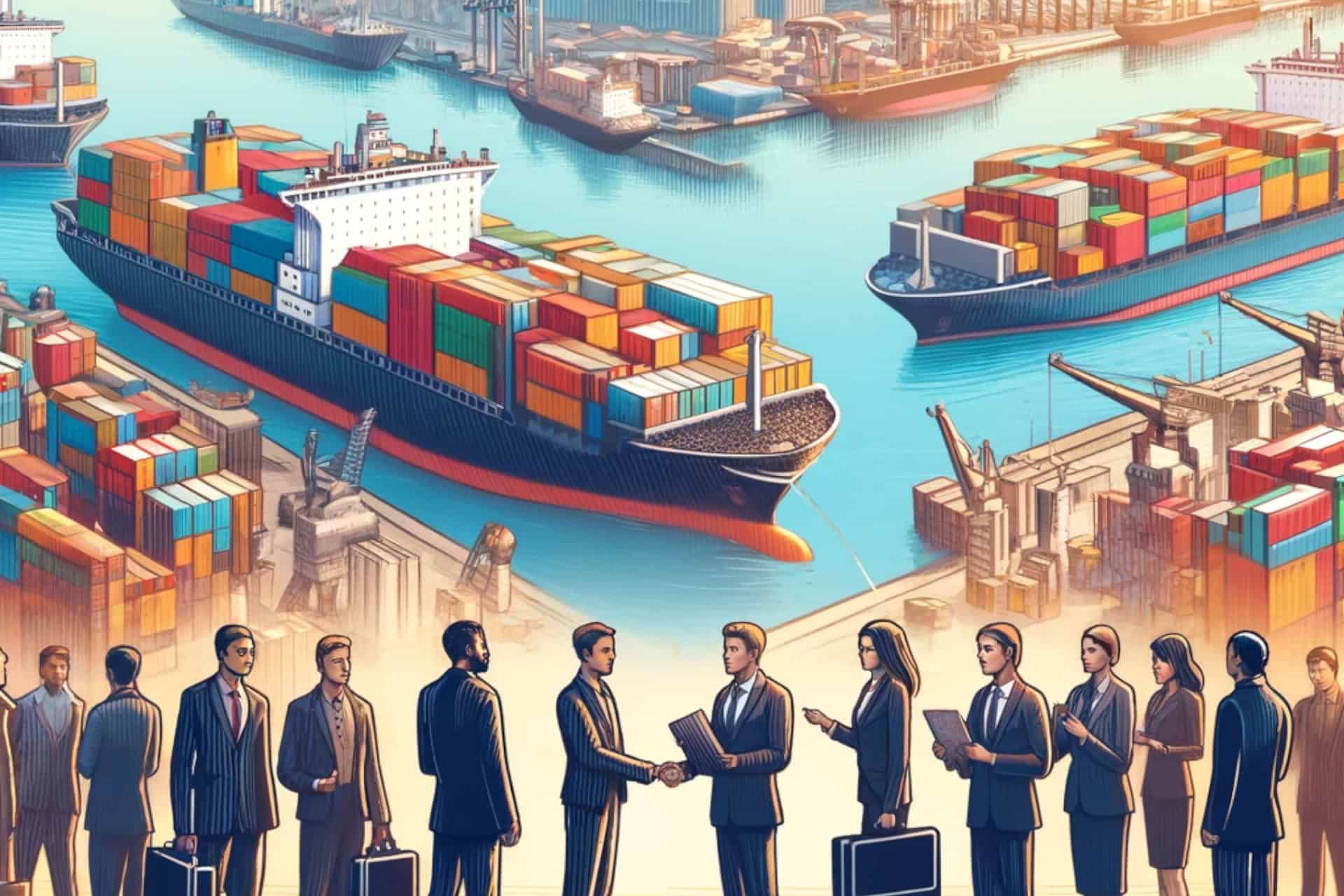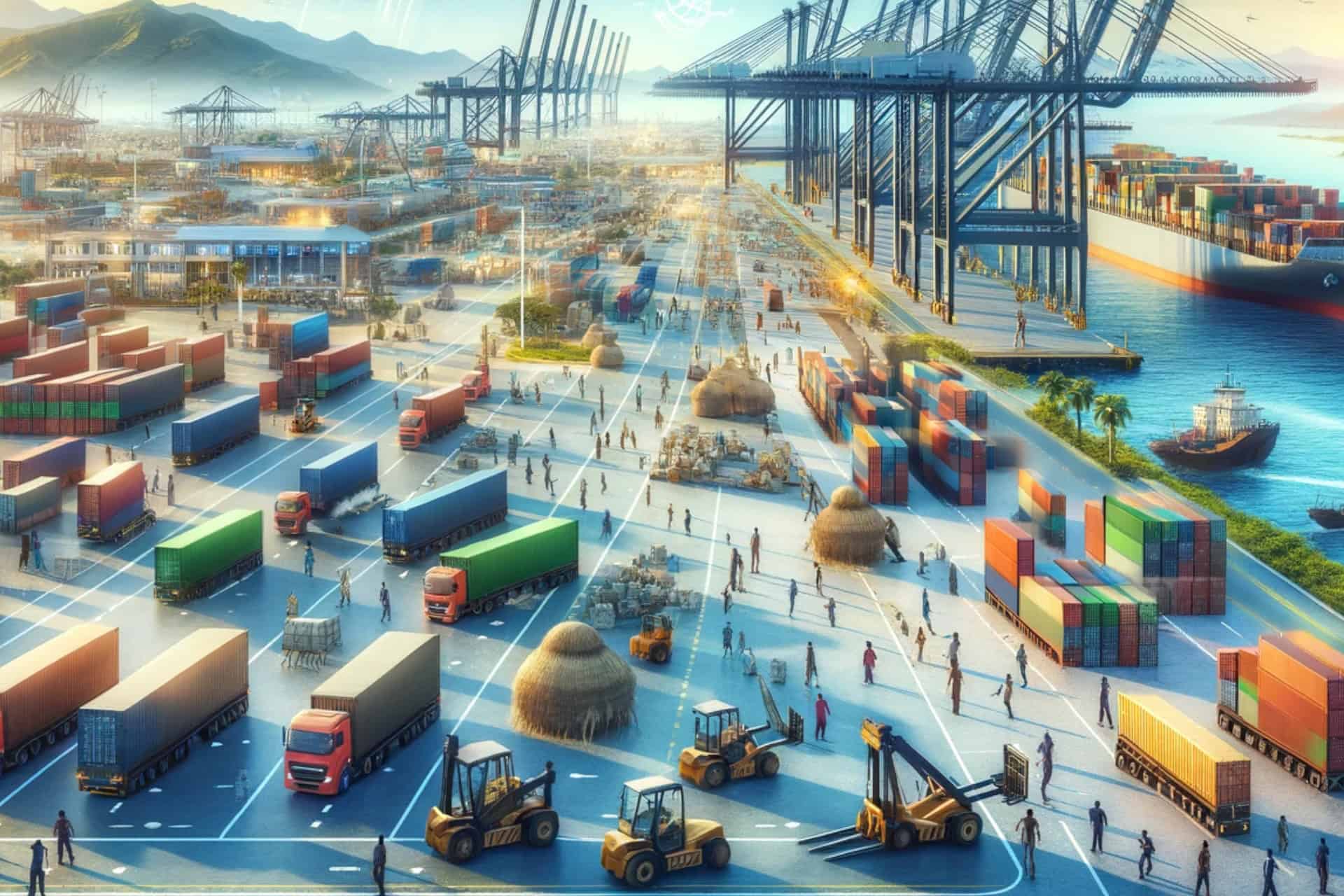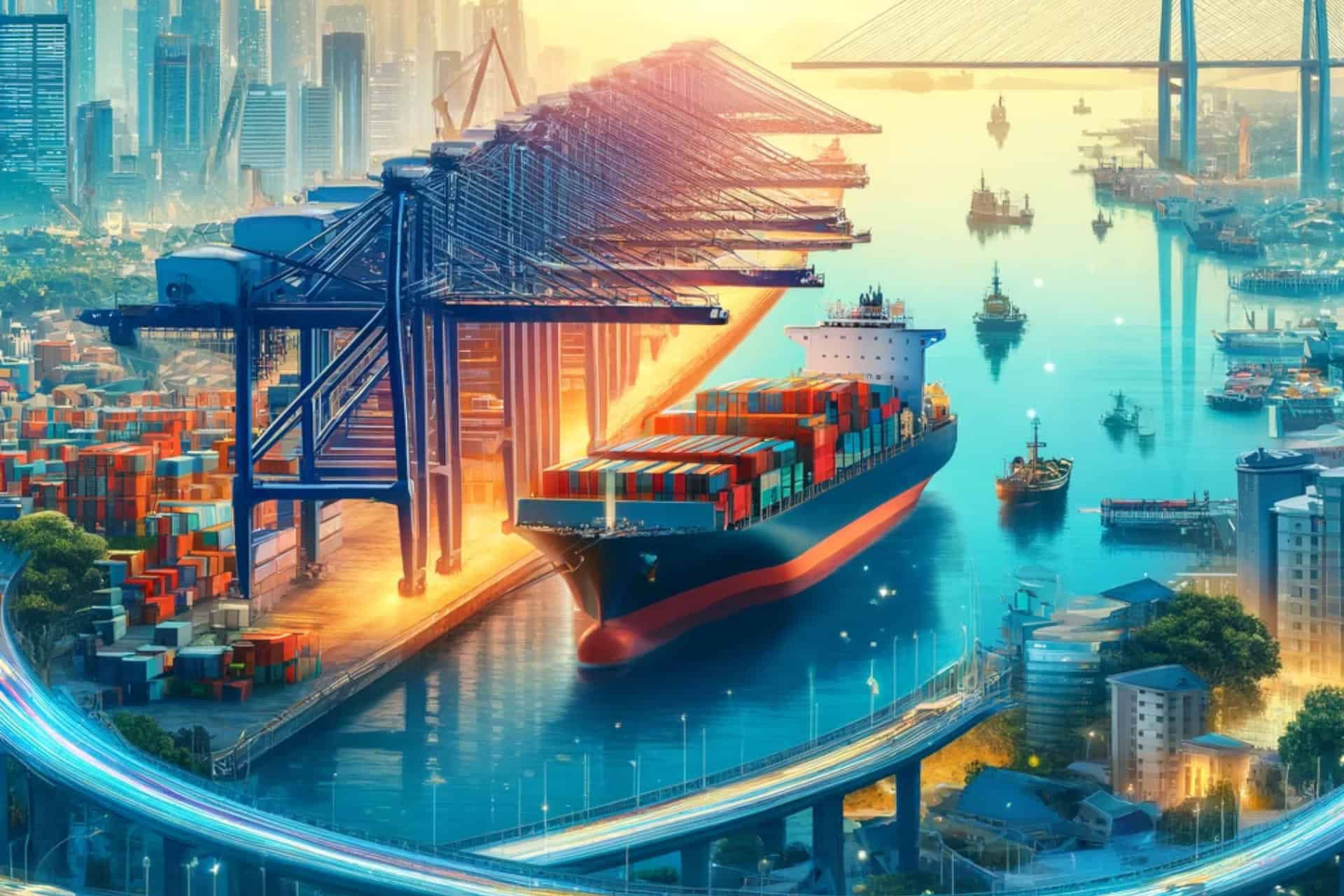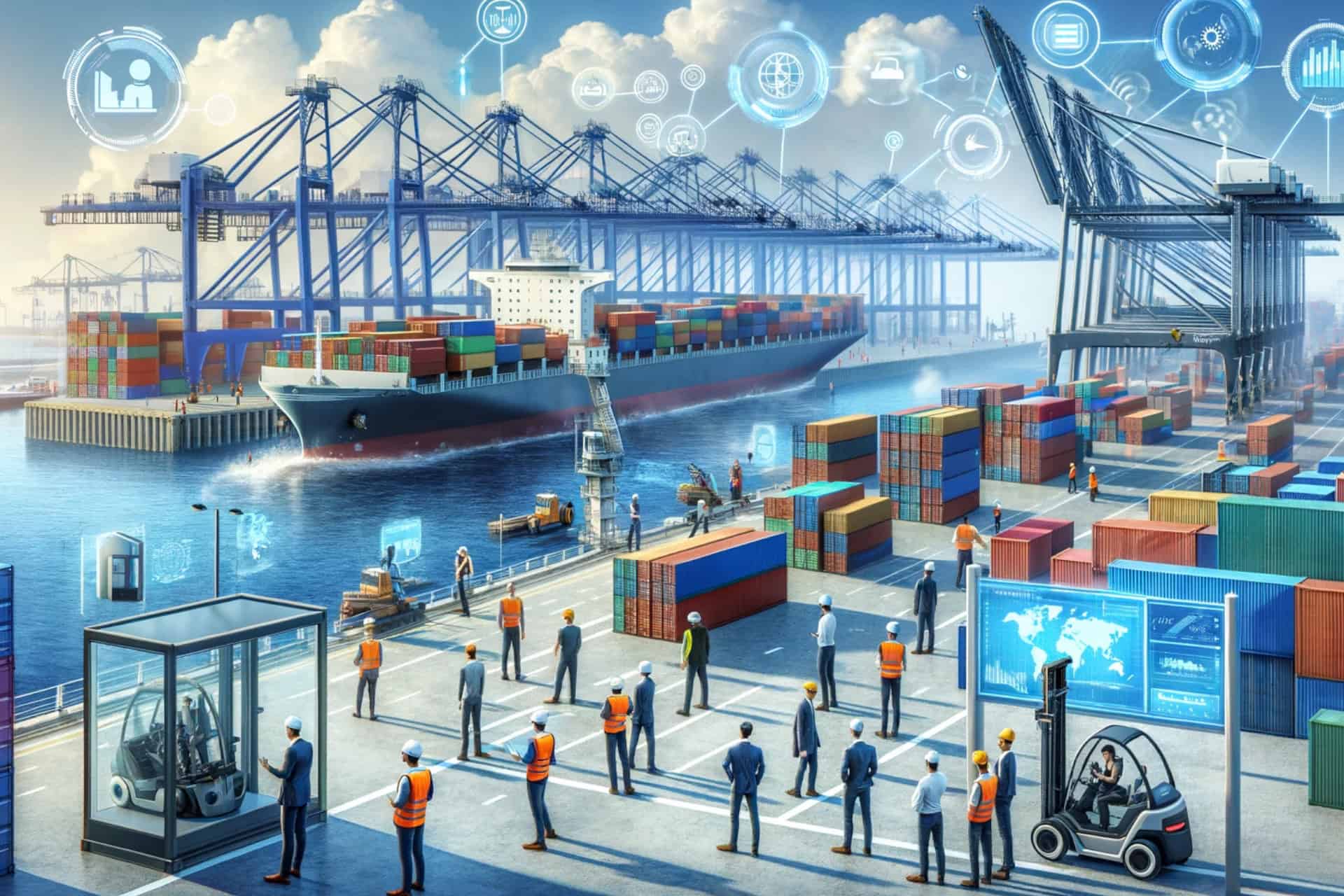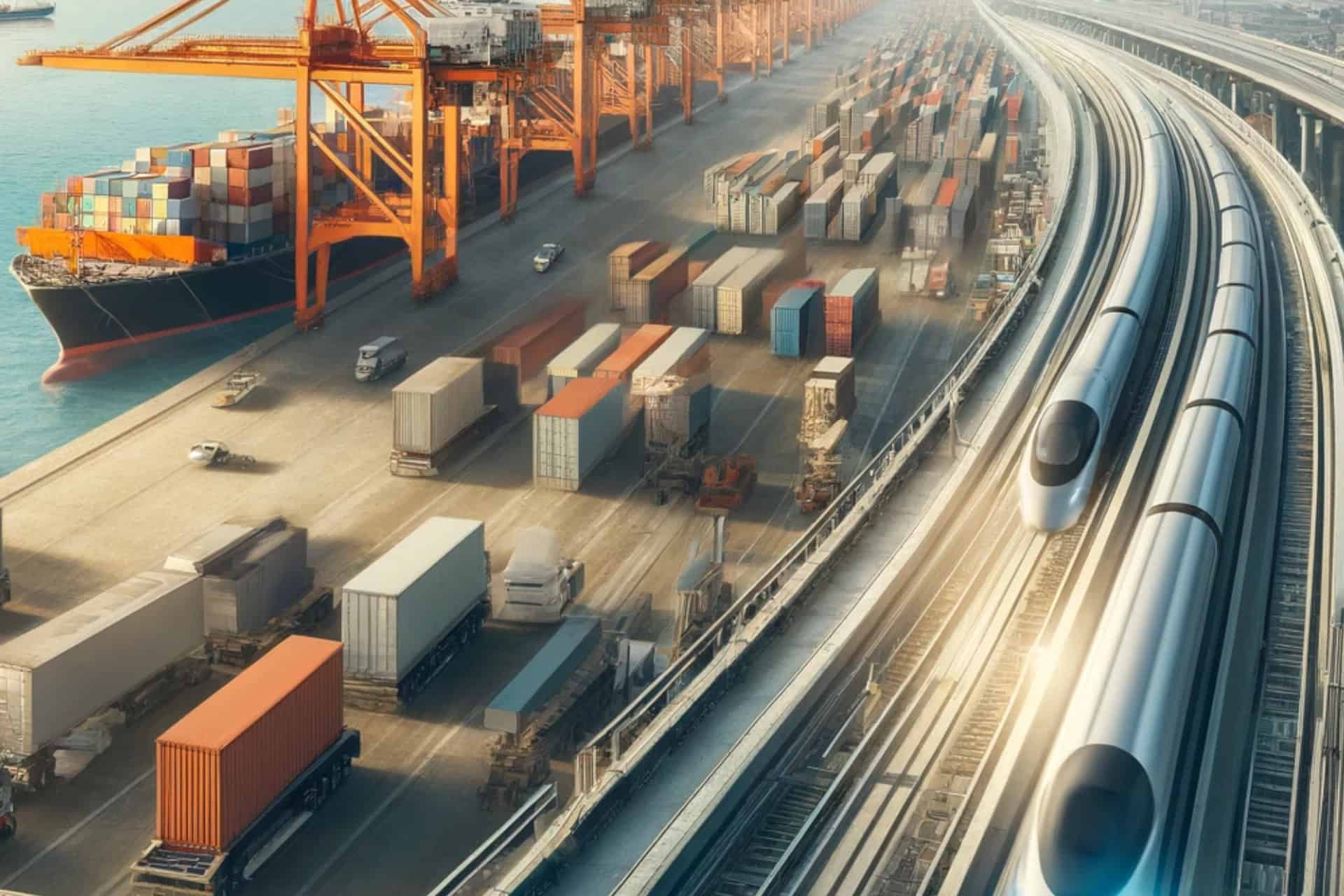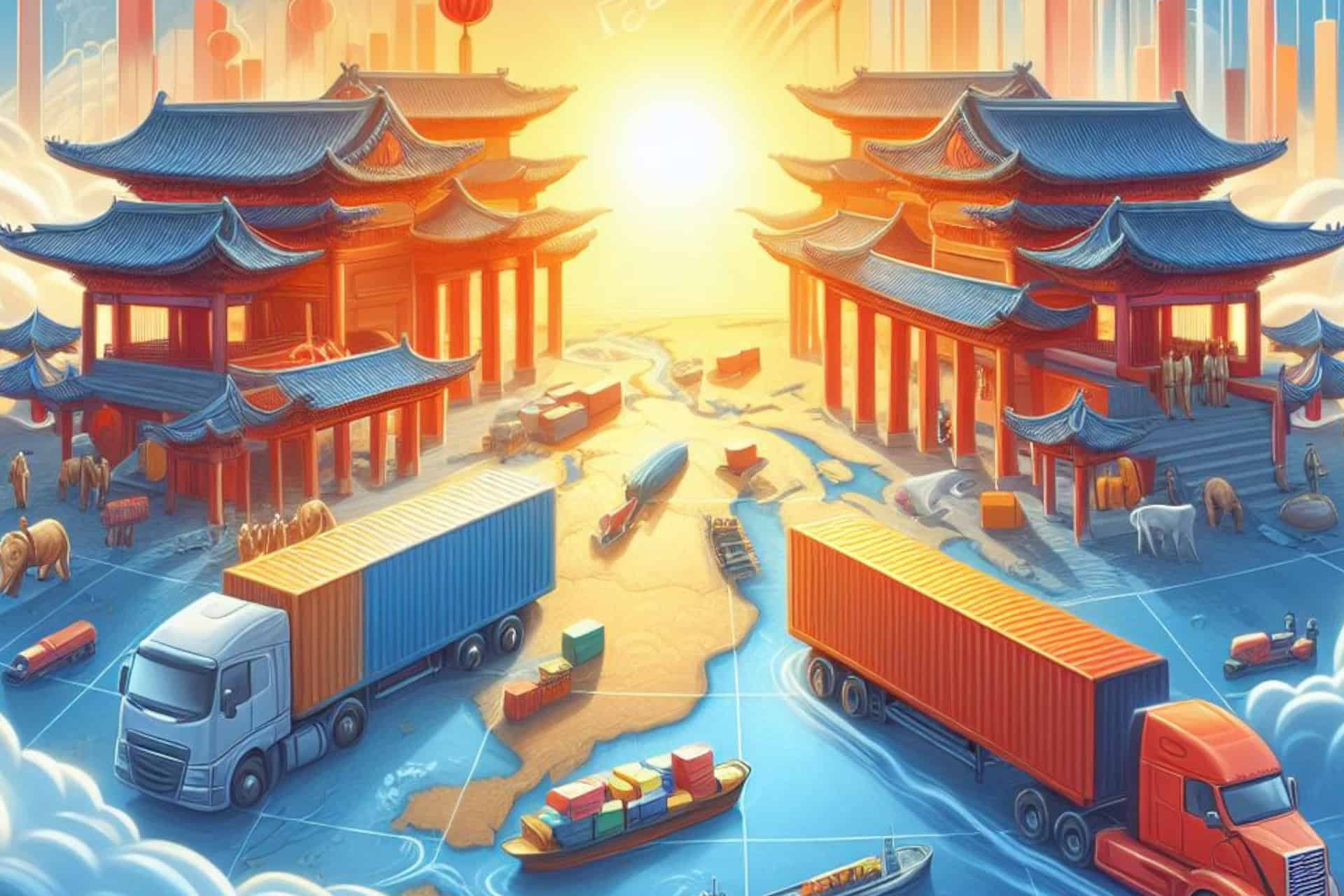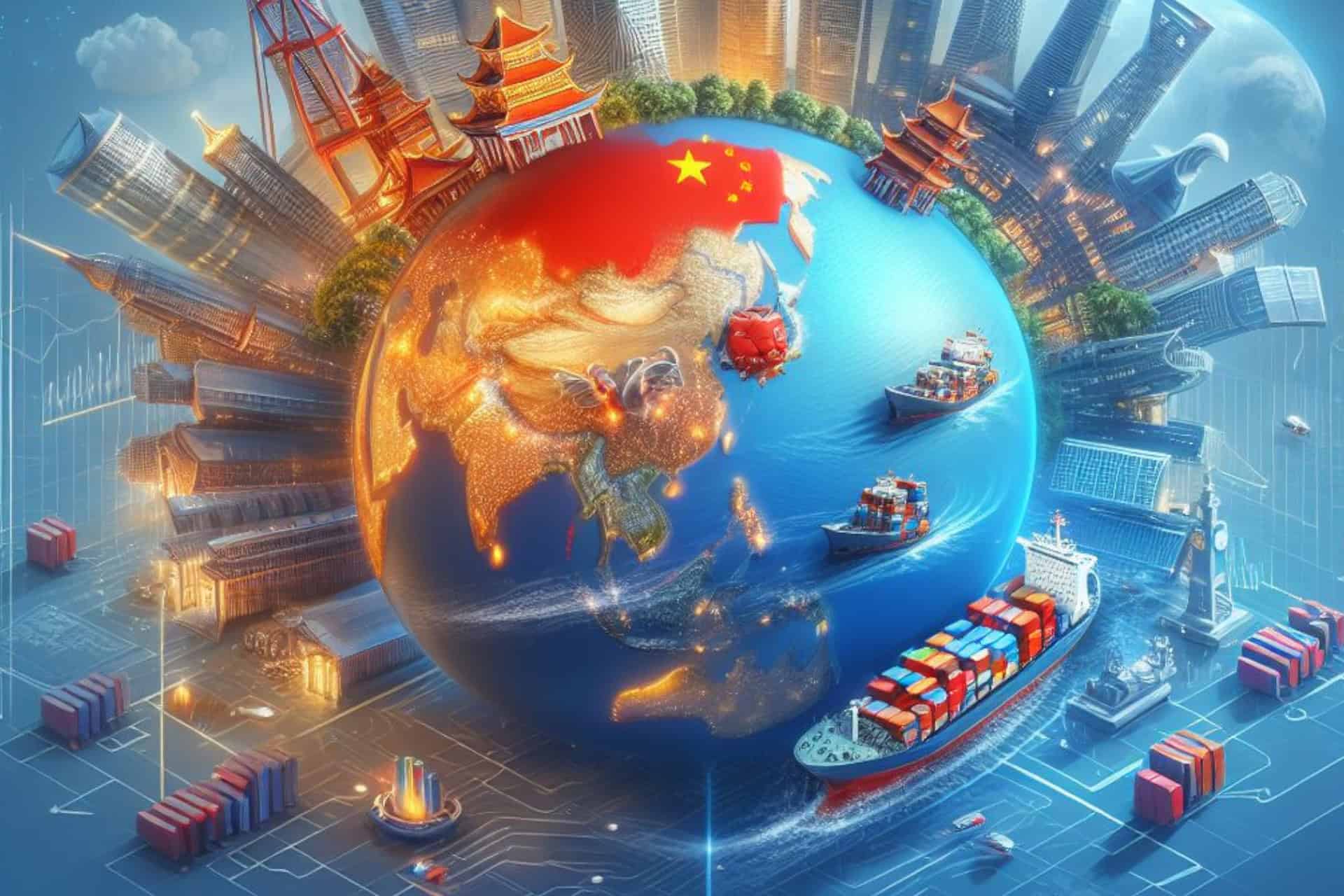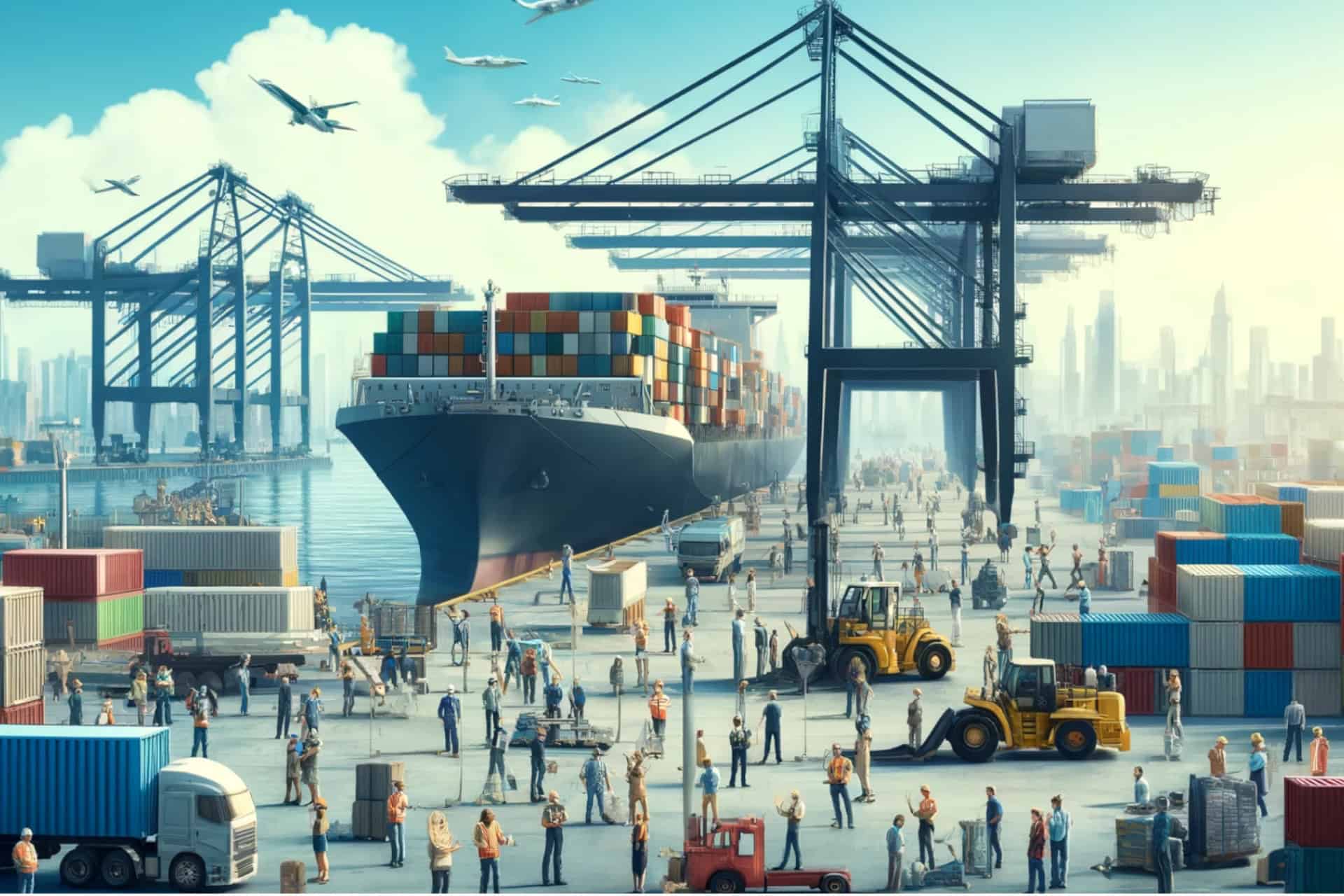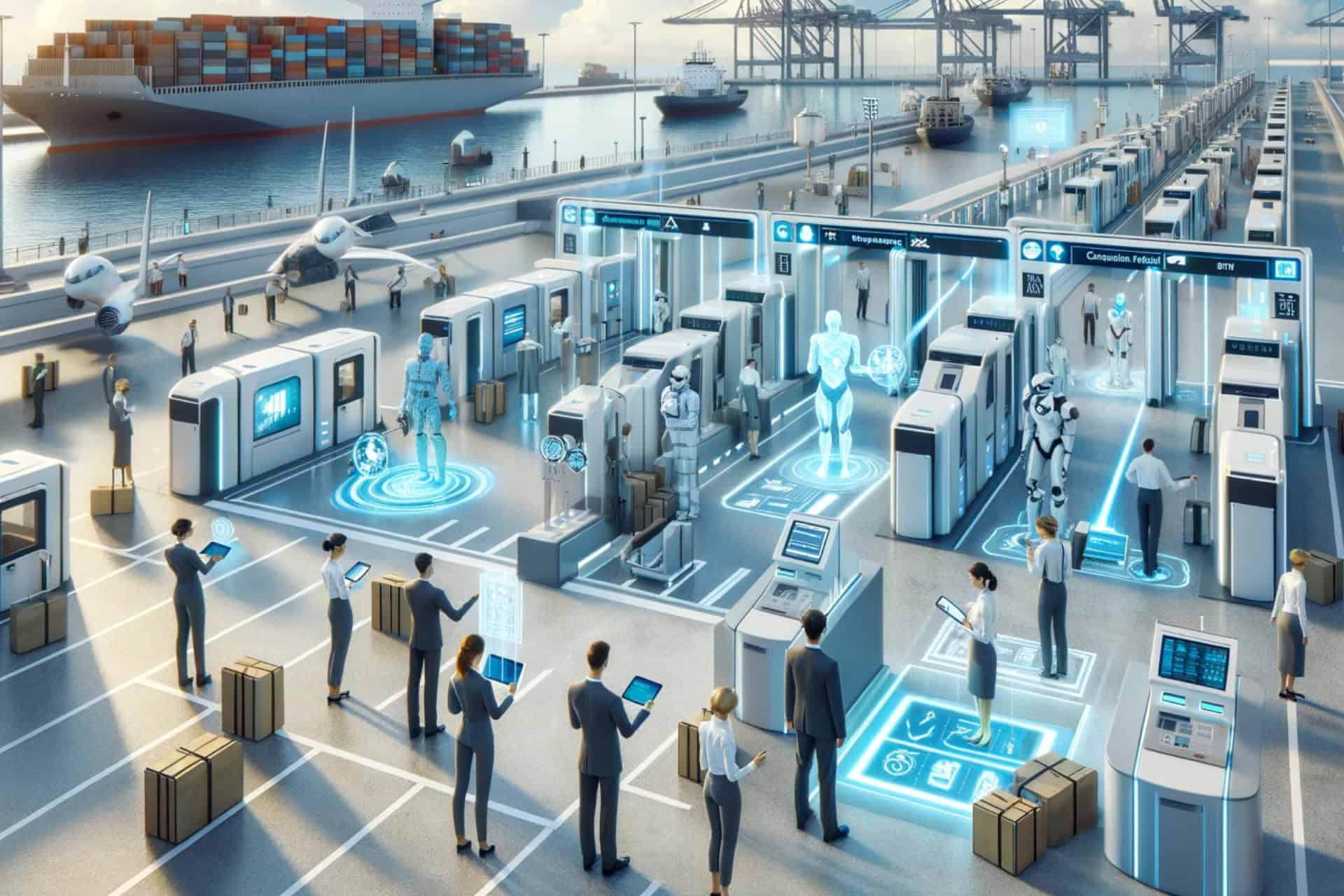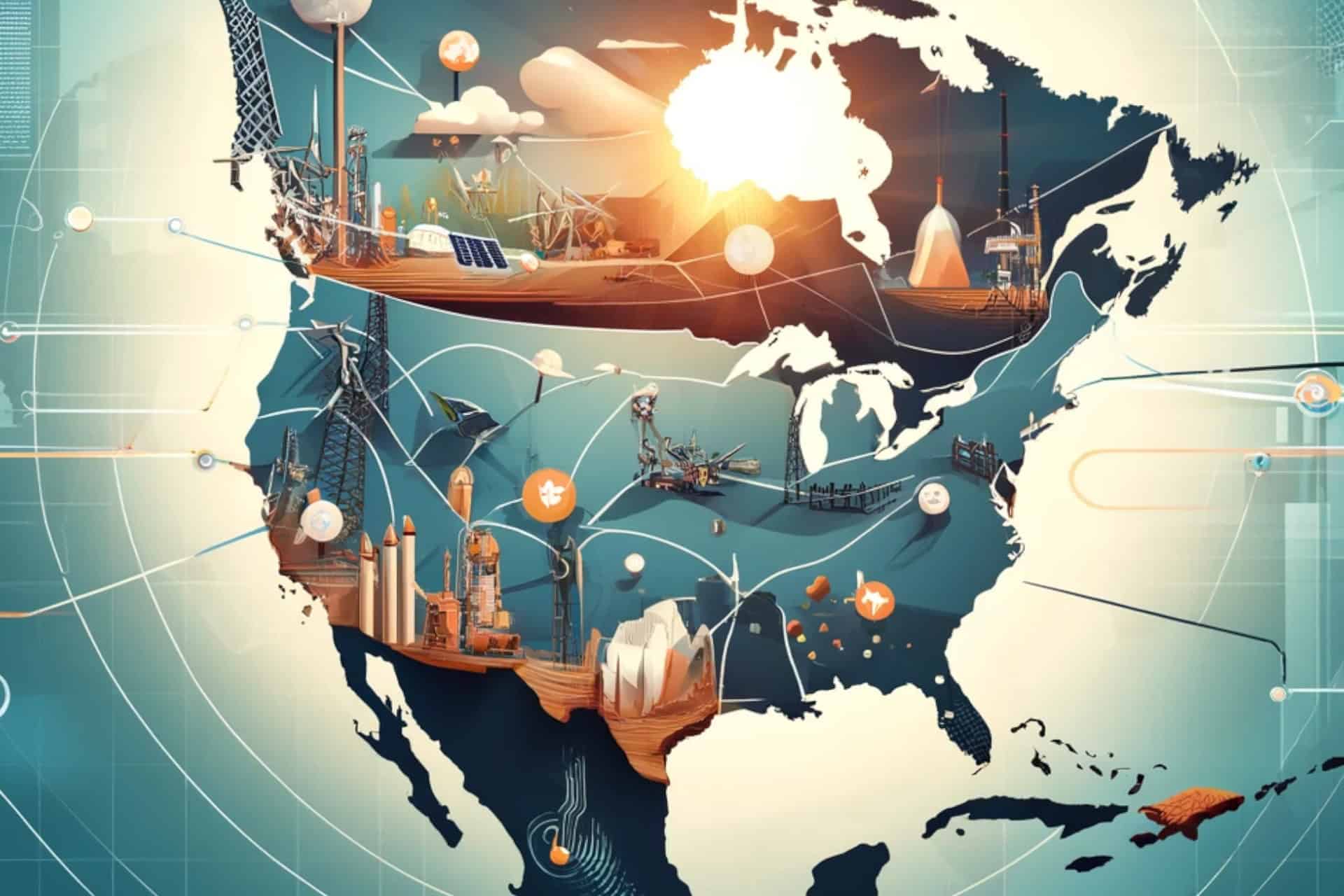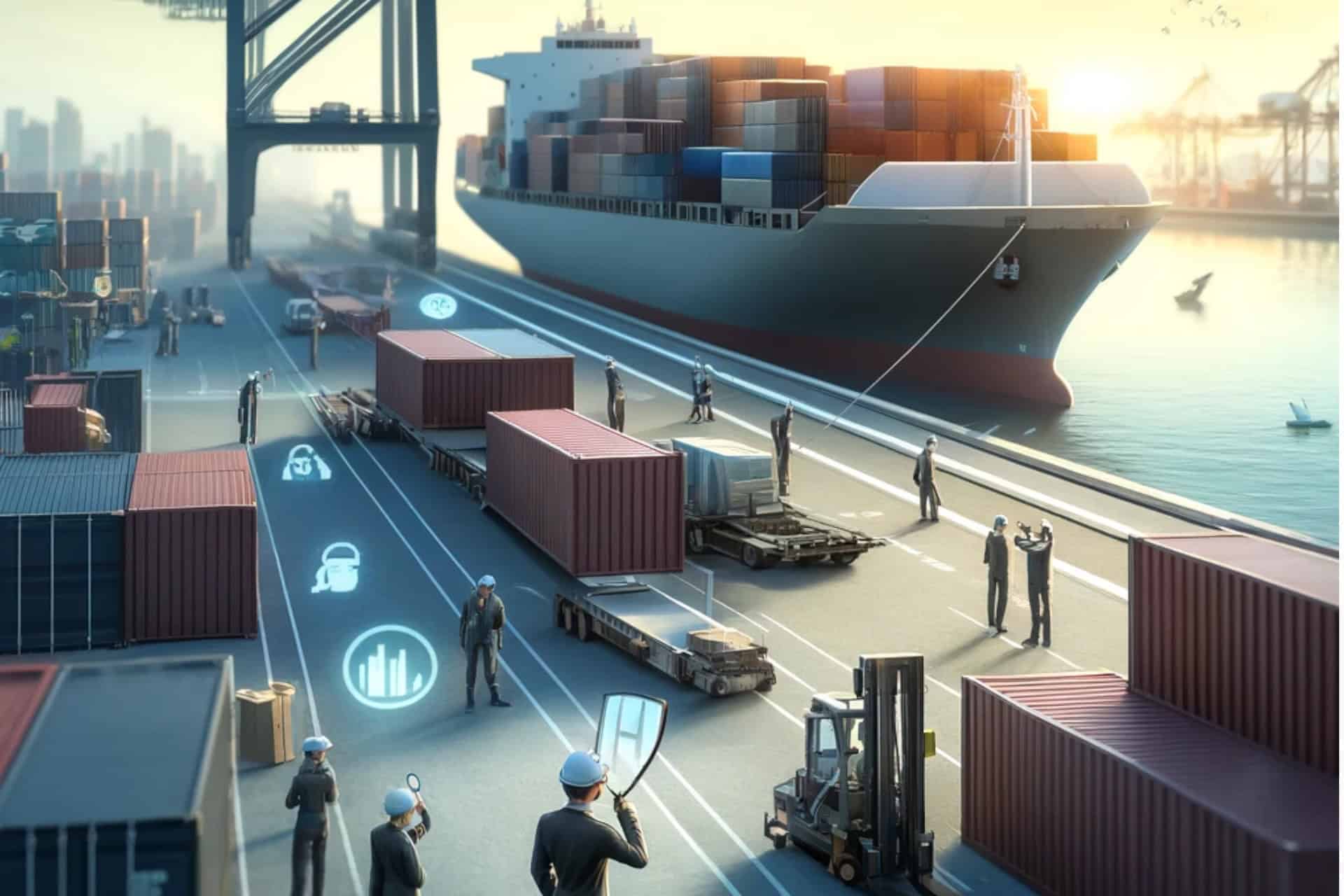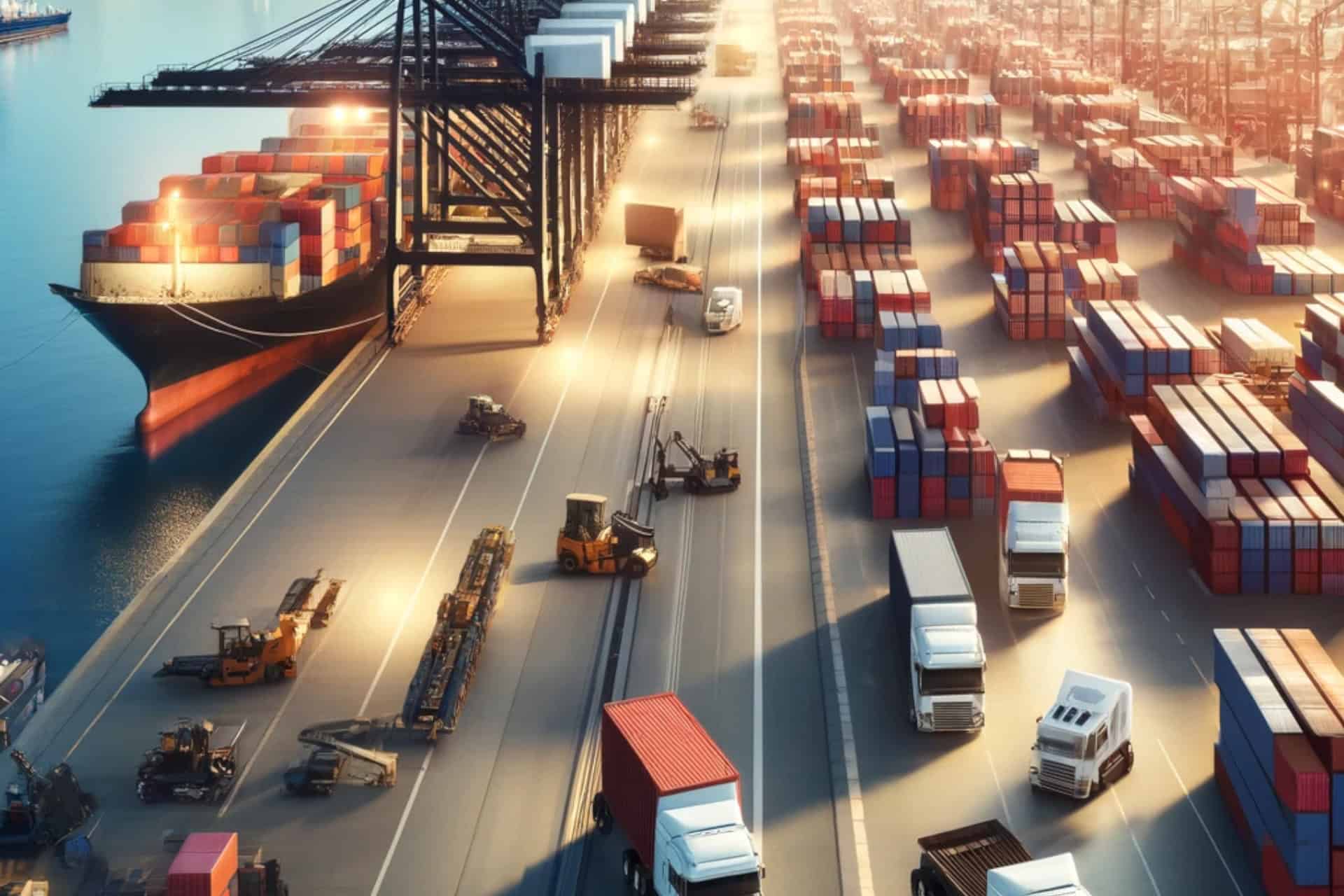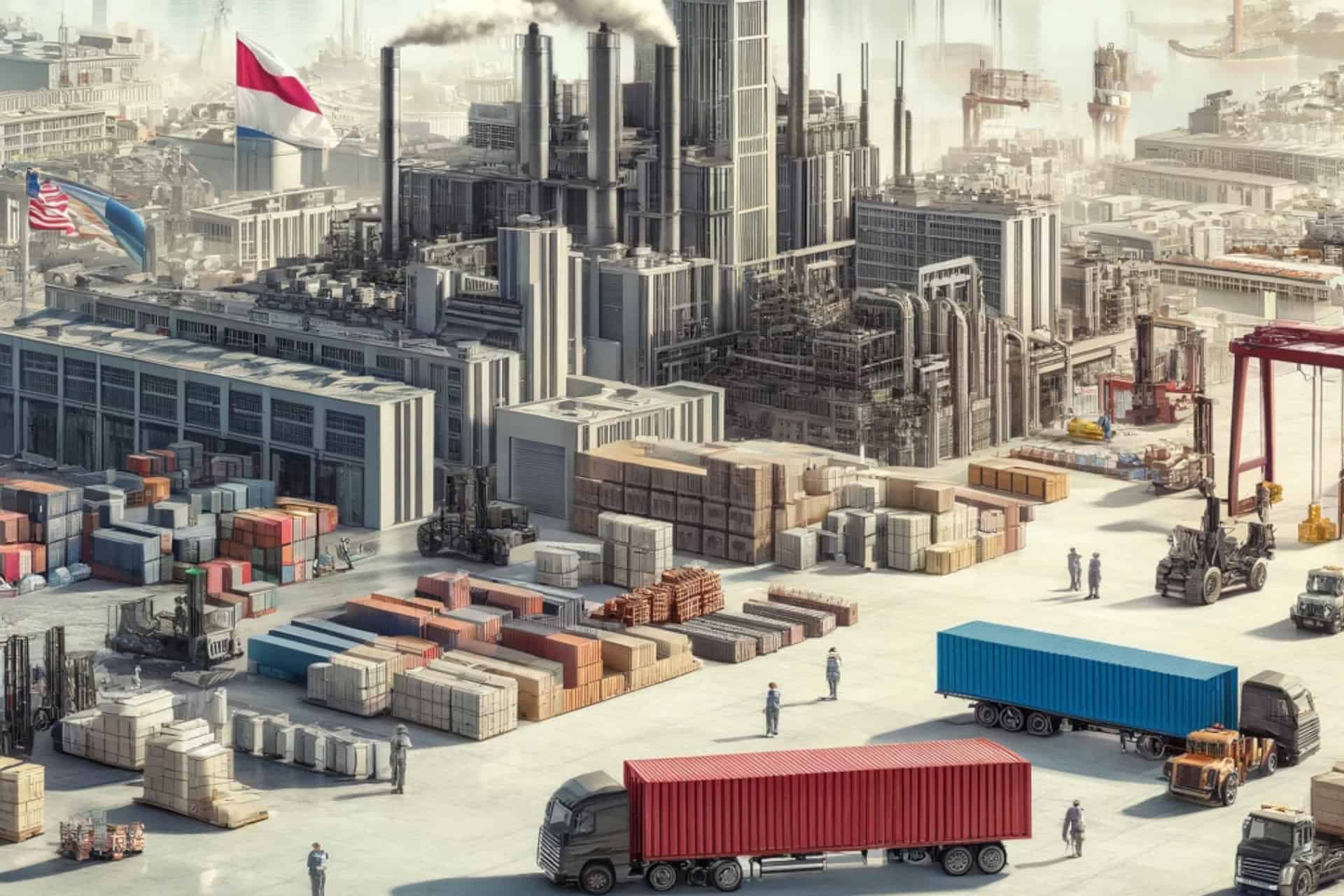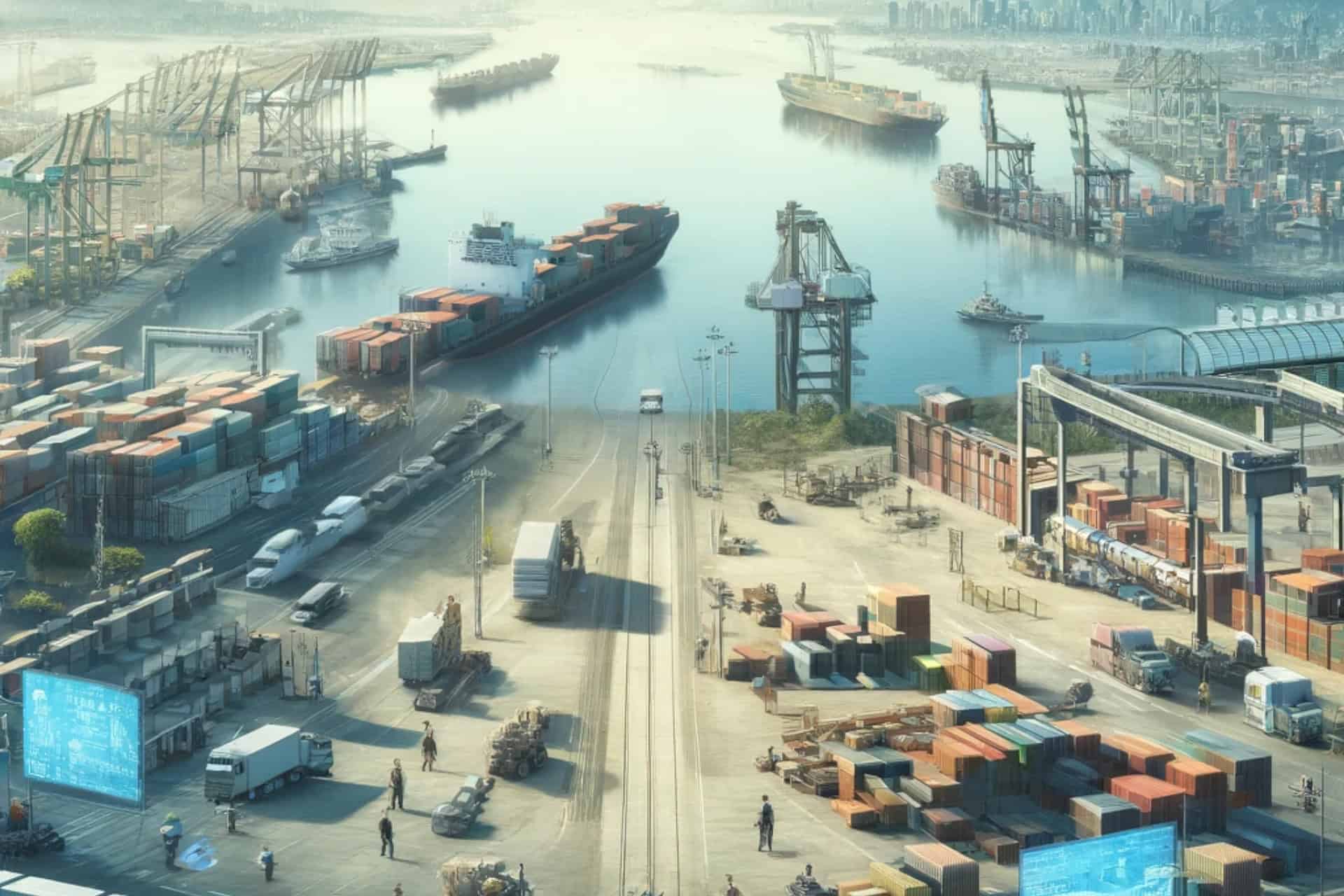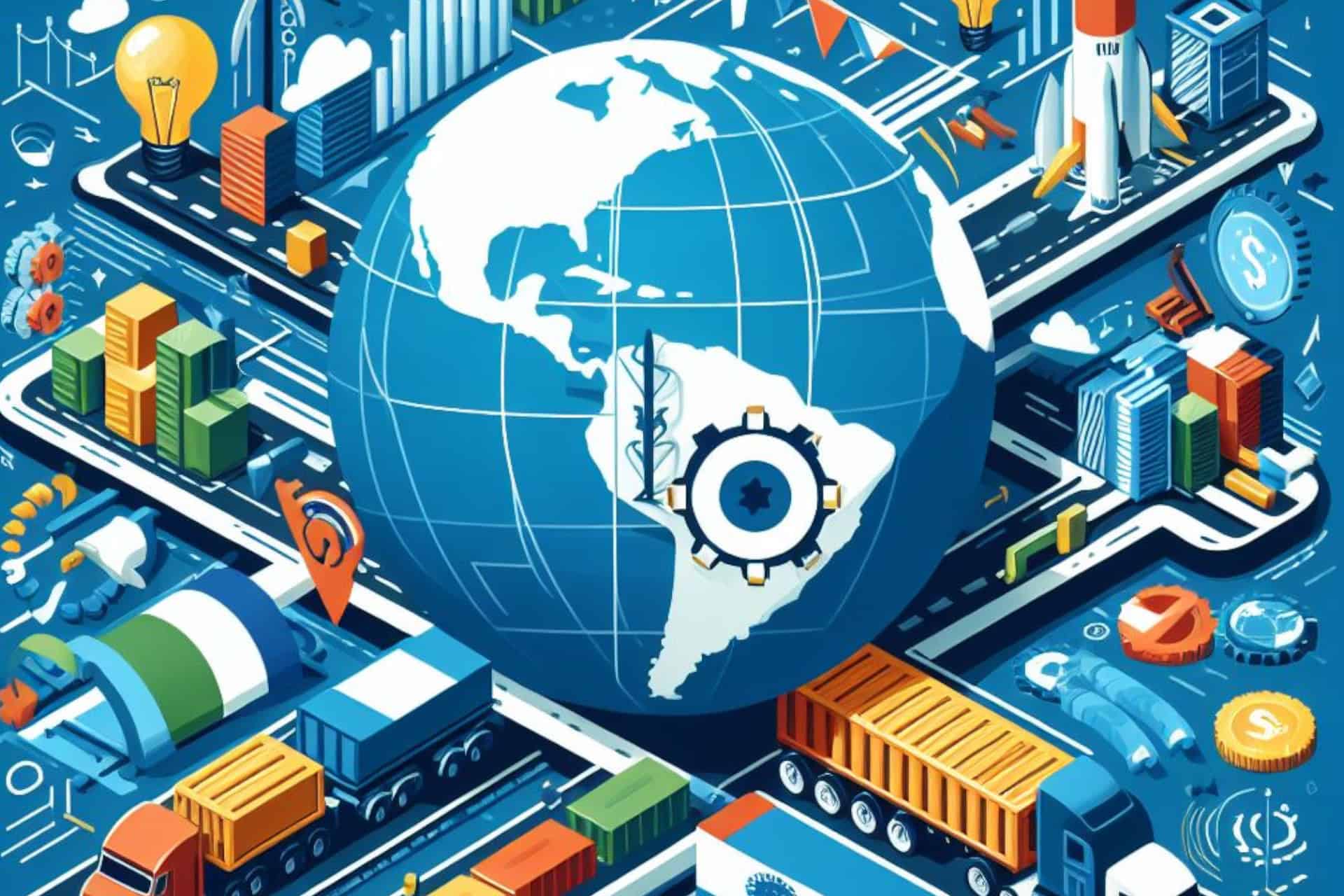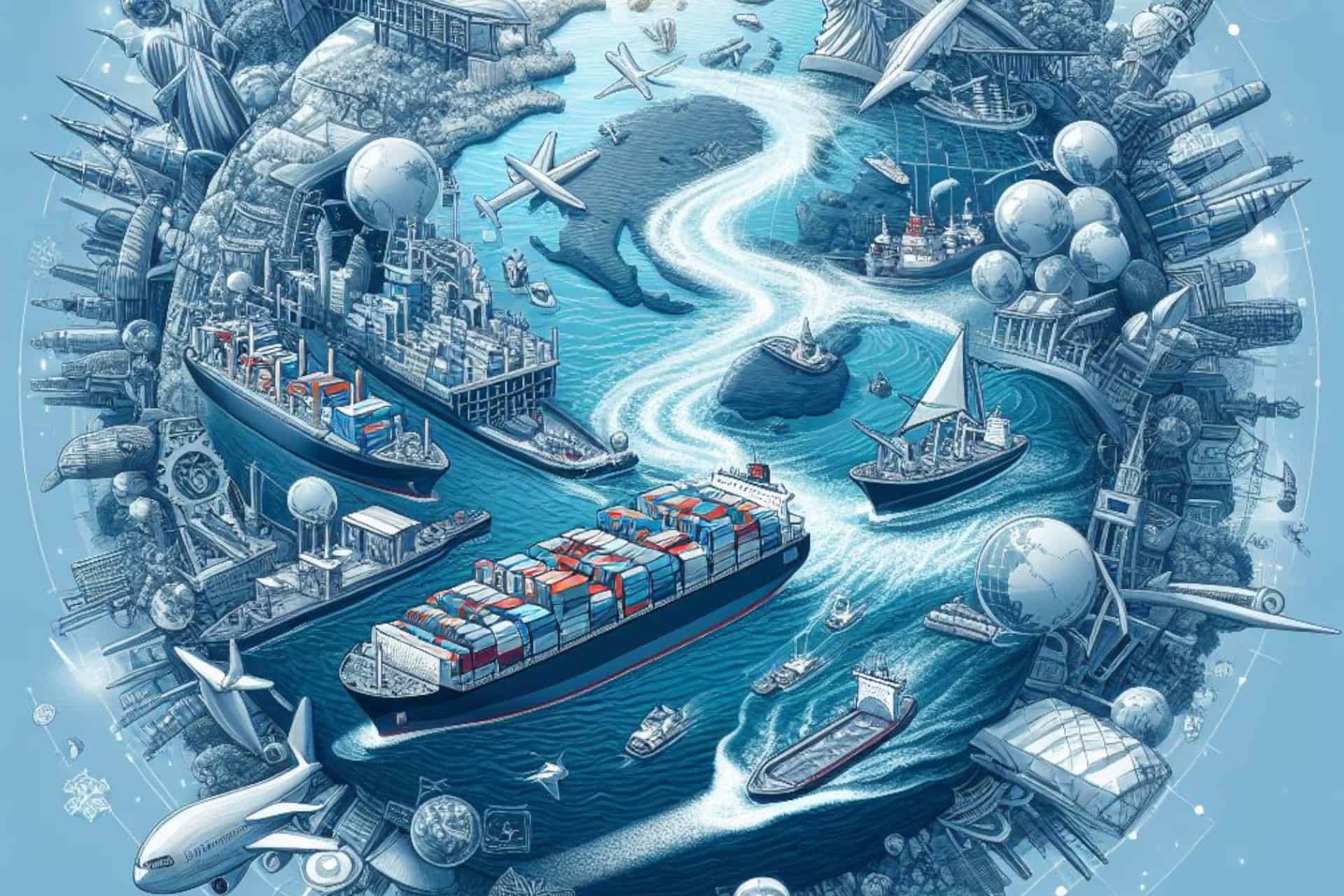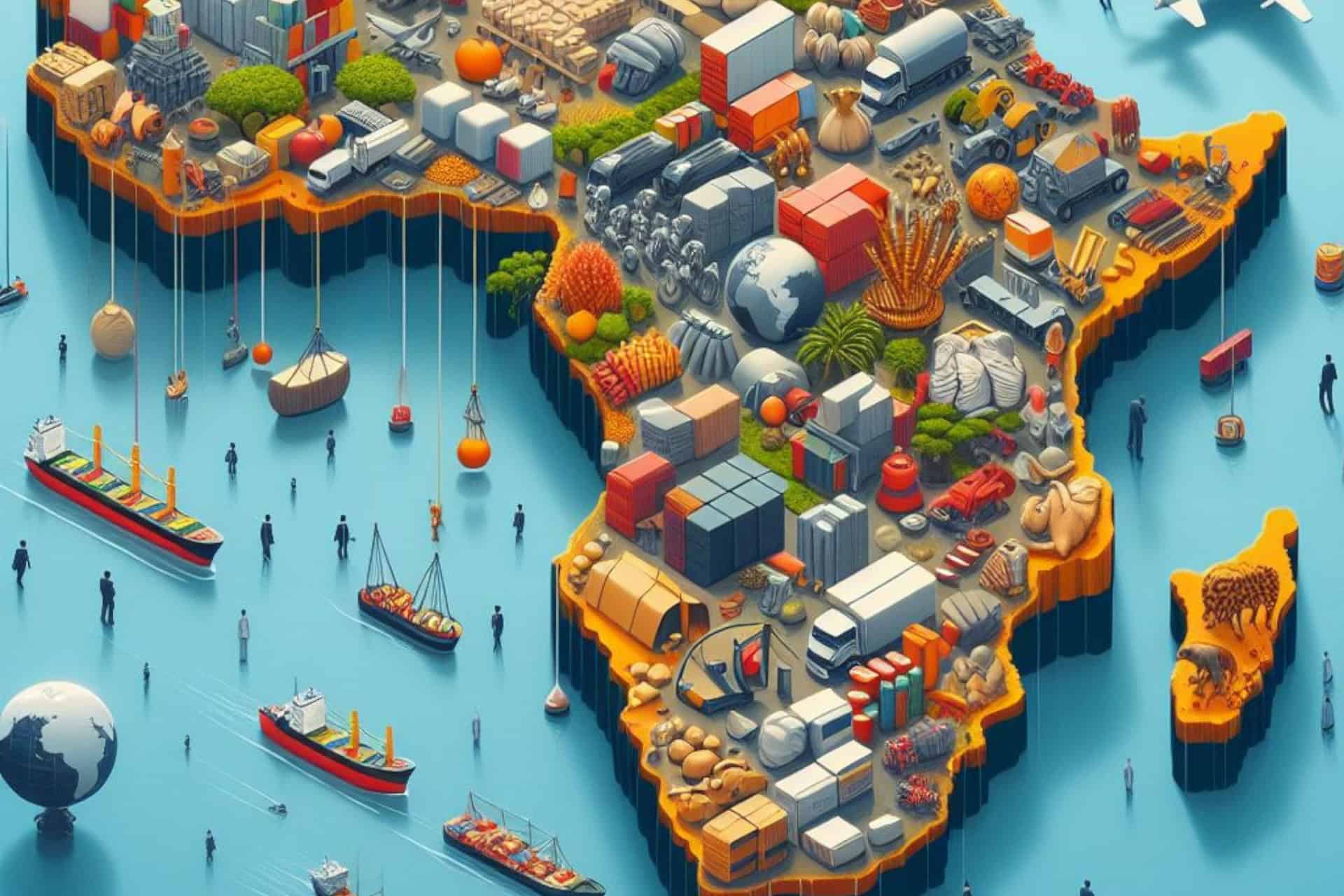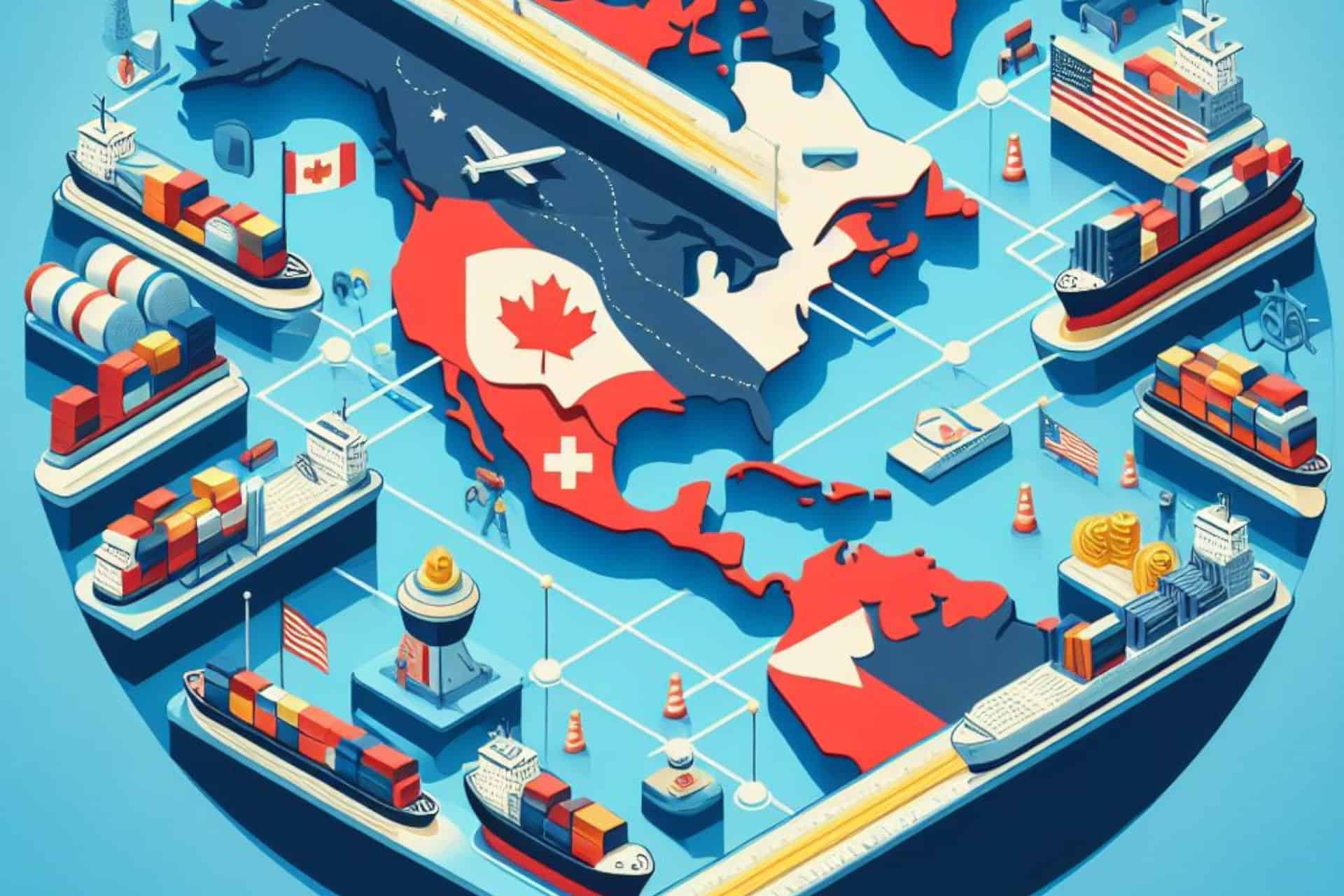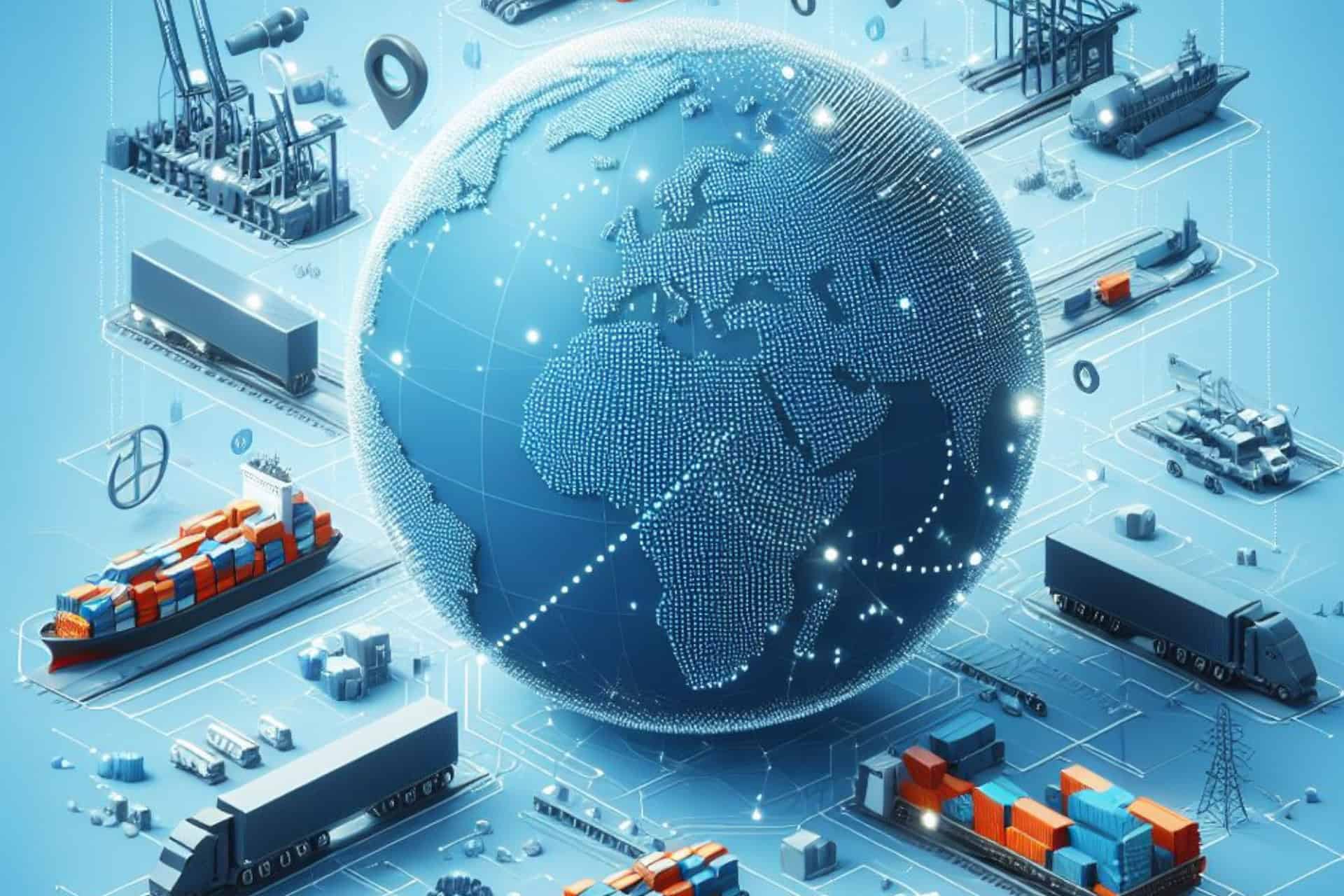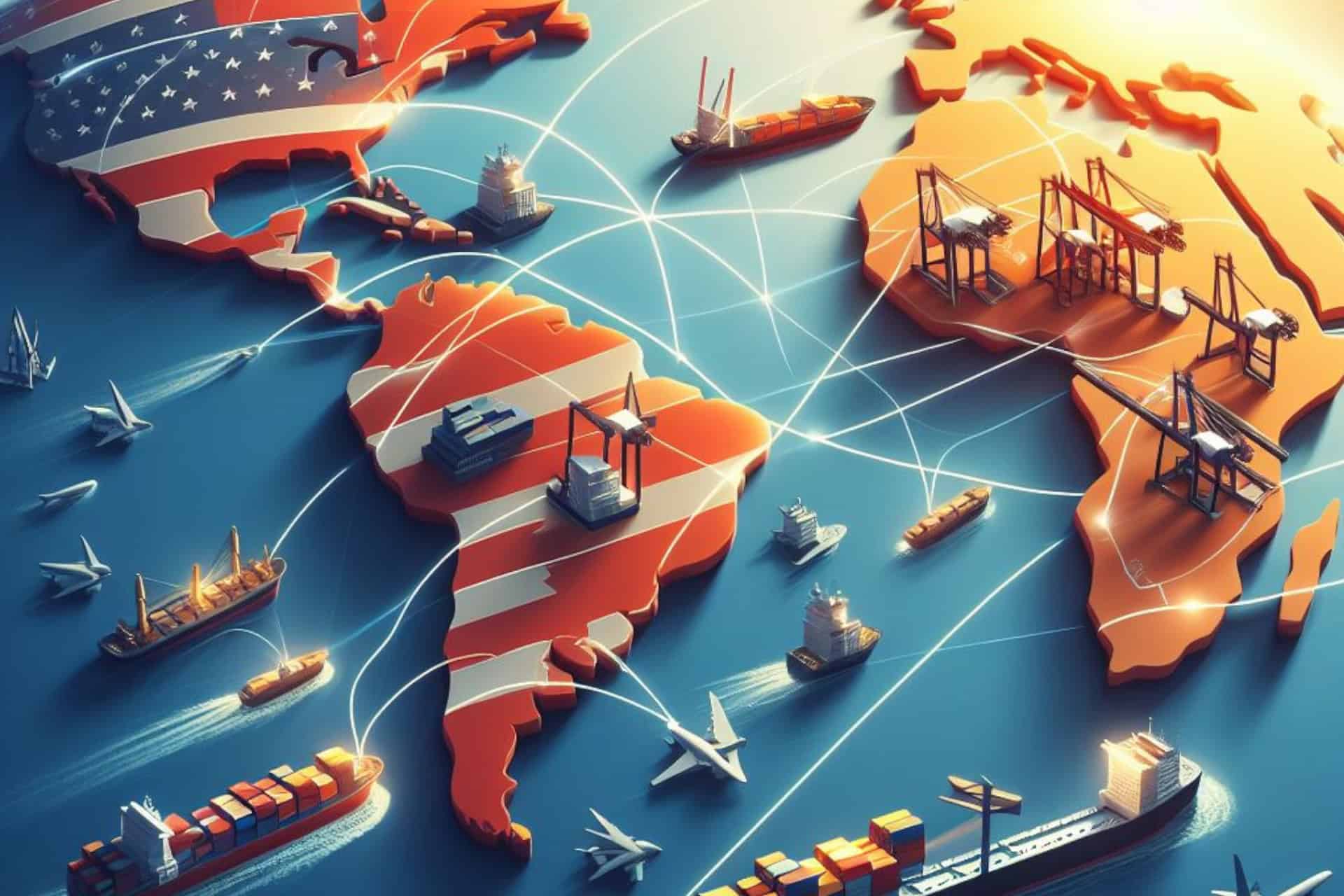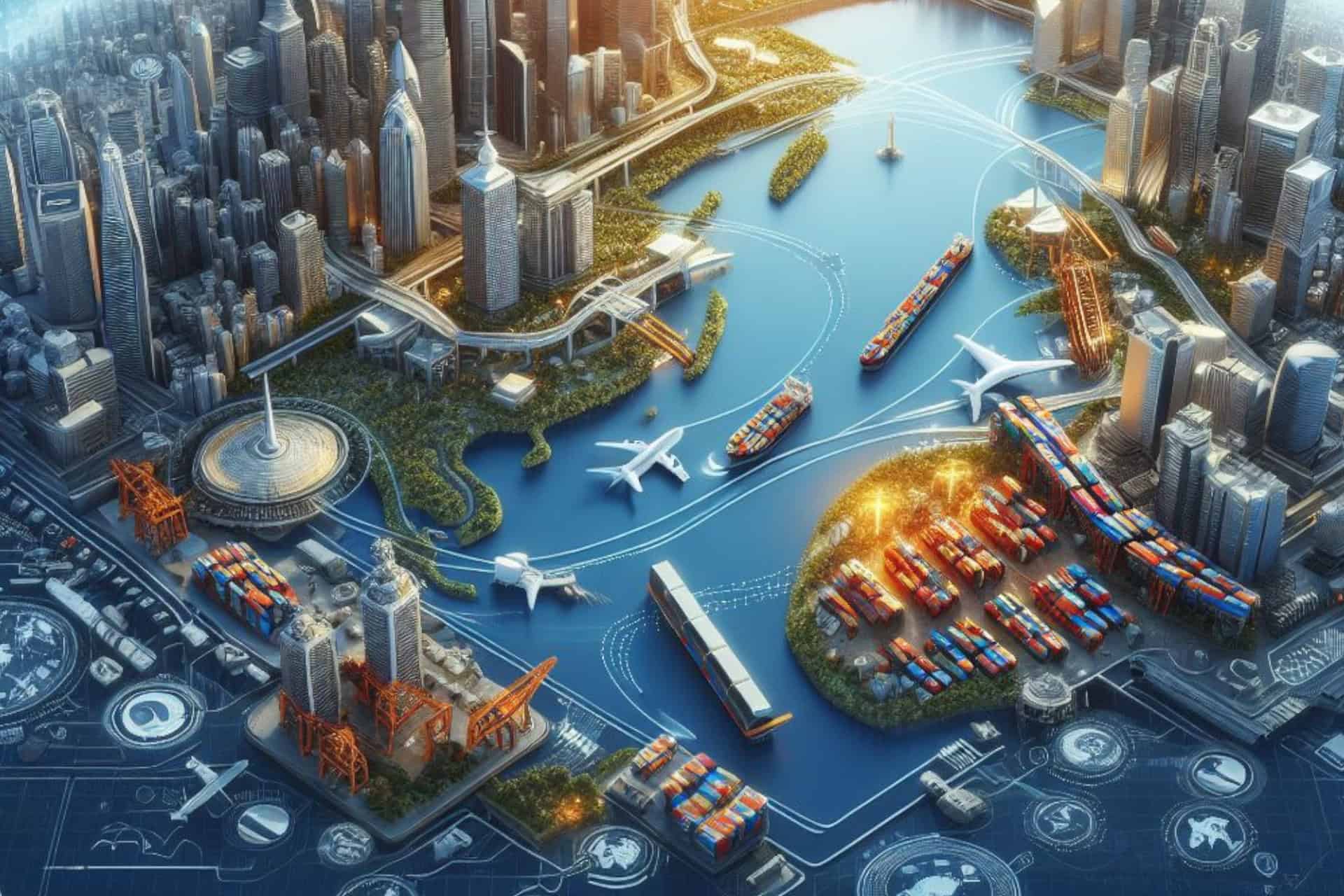Asia's unrivaled dominance in global manufacturing and trade is a testament to its resilience, adaptability, and unwavering commitment to progress. By harnessing its strategic advantages and embracing innovation, Asia has cemented its position as the engine driving the world economy forward.
In the intricate web of global commerce, one region stands out as the powerhouse of manufacturing and trade – Asia. With its robust industrial infrastructure, skilled workforce, and strategic geographical location, Asia has emerged as the epicenter of production and trade on the world stage. Let's delve into the factors driving Asia's unparalleled dominance in these crucial sectors.
Strategic Geographical Advantage:
Nestled between the Pacific and Indian Oceans, Asia enjoys a strategic geographical advantage that facilitates international trade. Its proximity to major markets such as North America, Europe, and Africa enables swift transportation of goods, reducing lead times and logistical costs. Additionally, Asia's extensive network of ports and shipping lanes serves as vital arteries of global trade, connecting continents and facilitating the flow of goods across borders.
Investment in Infrastructure:
Asia's ascendancy in manufacturing is underpinned by substantial investments in infrastructure development. Governments across the region have embarked on ambitious projects to build modern transportation networks, state-of-the-art industrial parks, and advanced telecommunications systems. These infrastructure investments not only enhance the efficiency of manufacturing processes but also attract foreign investment, fostering economic growth and job creation.
Skilled Workforce:
Another key driver of Asia's manufacturing dominance is its abundant pool of skilled labor. Asian countries have made significant investments in education and vocational training, equipping their workforce with the technical expertise needed to thrive in modern industries. Moreover, Asia's demographic dividend, characterized by a large working-age population, provides a steady supply of labor, ensuring a competitive advantage in the global manufacturing arena.
Technological Innovation:
Asia's commitment to technological innovation has propelled its manufacturing sector to new heights of productivity and efficiency. From robotics and automation to advanced manufacturing techniques such as 3D printing and precision engineering, Asian firms are at the forefront of technological advancement. By embracing innovation, Asia has been able to meet the evolving demands of global consumers while maintaining cost competitiveness in the international market.
Trade Liberalization and Regional Integration:
Asia's dominance in global trade is further bolstered by initiatives aimed at promoting trade liberalization and regional integration. Agreements such as the ASEAN Free Trade Area (AFTA) and the Regional Comprehensive Economic Partnership (RCEP) have facilitated the seamless movement of goods and services within the region, creating a vast market for manufacturers to tap into. Moreover, Asia's participation in global trade forums and negotiations has helped to dismantle trade barriers and foster greater economic cooperation with partners around the world.
Looking Ahead:
As we gaze into the future, Asia's dominance in global manufacturing and trade seems poised to continue unabated. With ongoing investments in infrastructure, a skilled workforce, and technological innovation, Asia is well-positioned to maintain its competitive edge in the global marketplace. However, challenges such as geopolitical tensions, environmental sustainability, and digital disruption loom on the horizon, calling for concerted efforts from policymakers, businesses, and stakeholders to navigate the evolving landscape of global commerce.
#AsiaManufacturing #GlobalTrade #EconomicDominance #InfrastructureDevelopment #SkilledWorkforce #TechnologicalInnovation #TradeIntegration #FutureOutlook
Read more views





